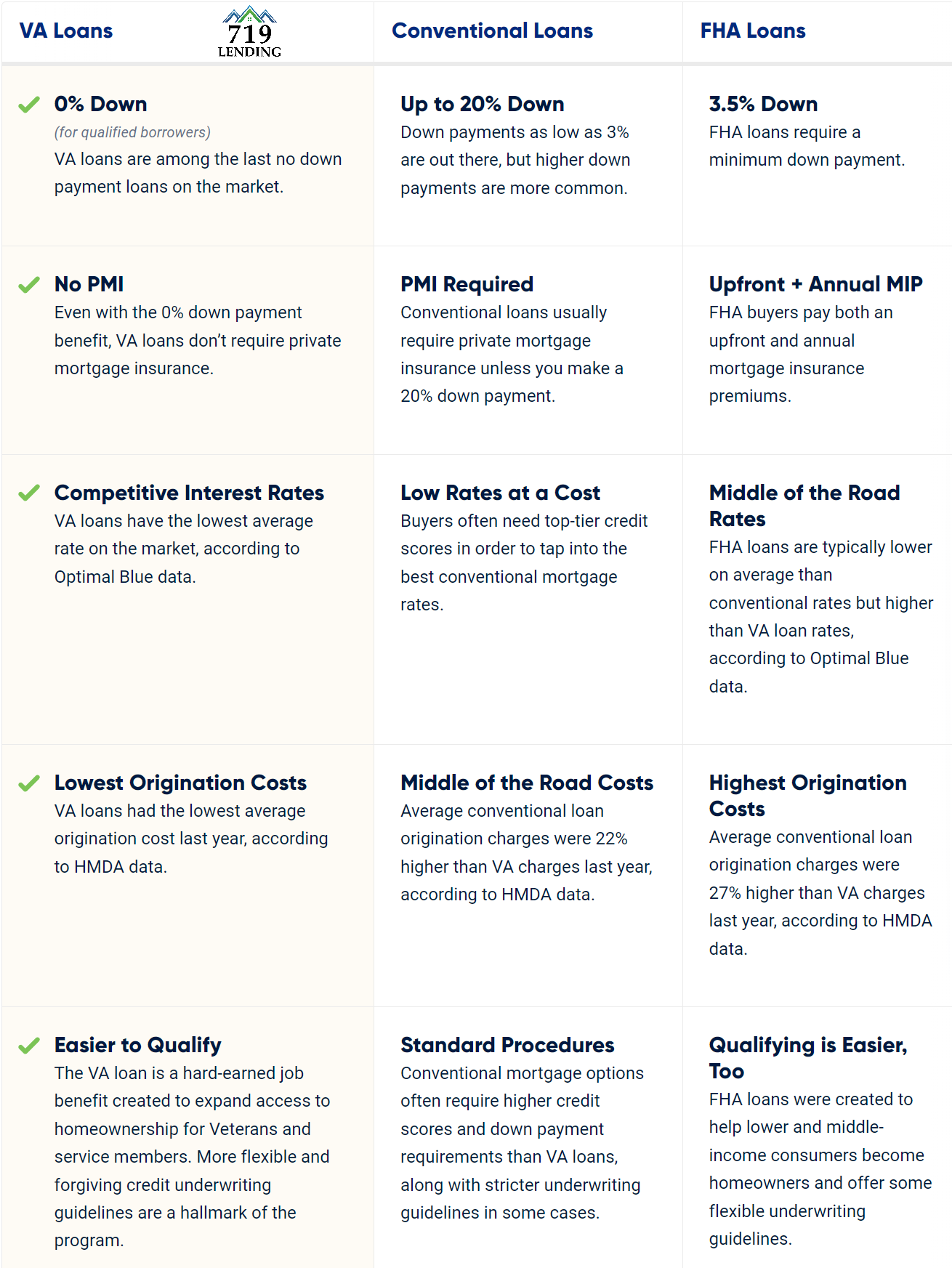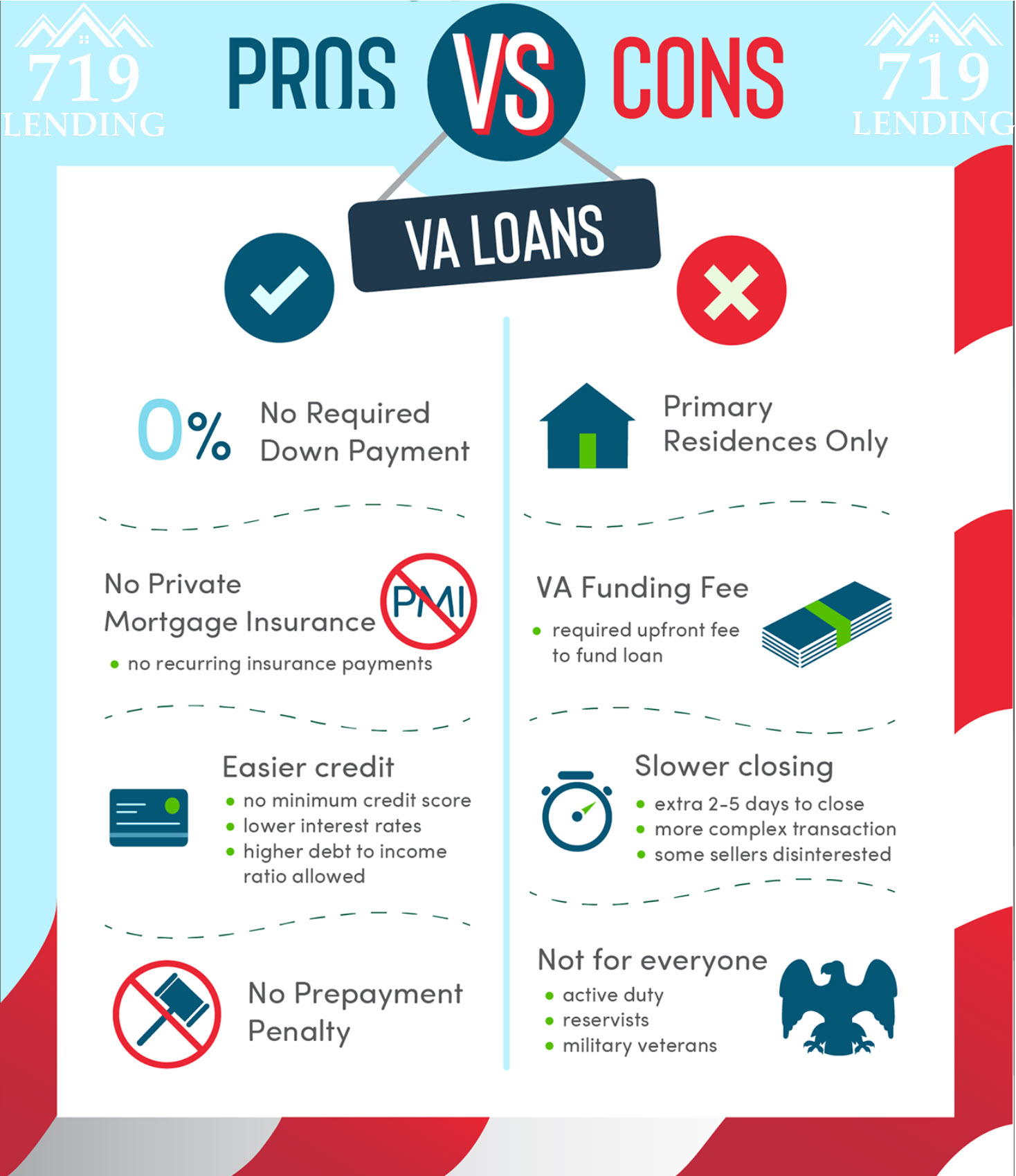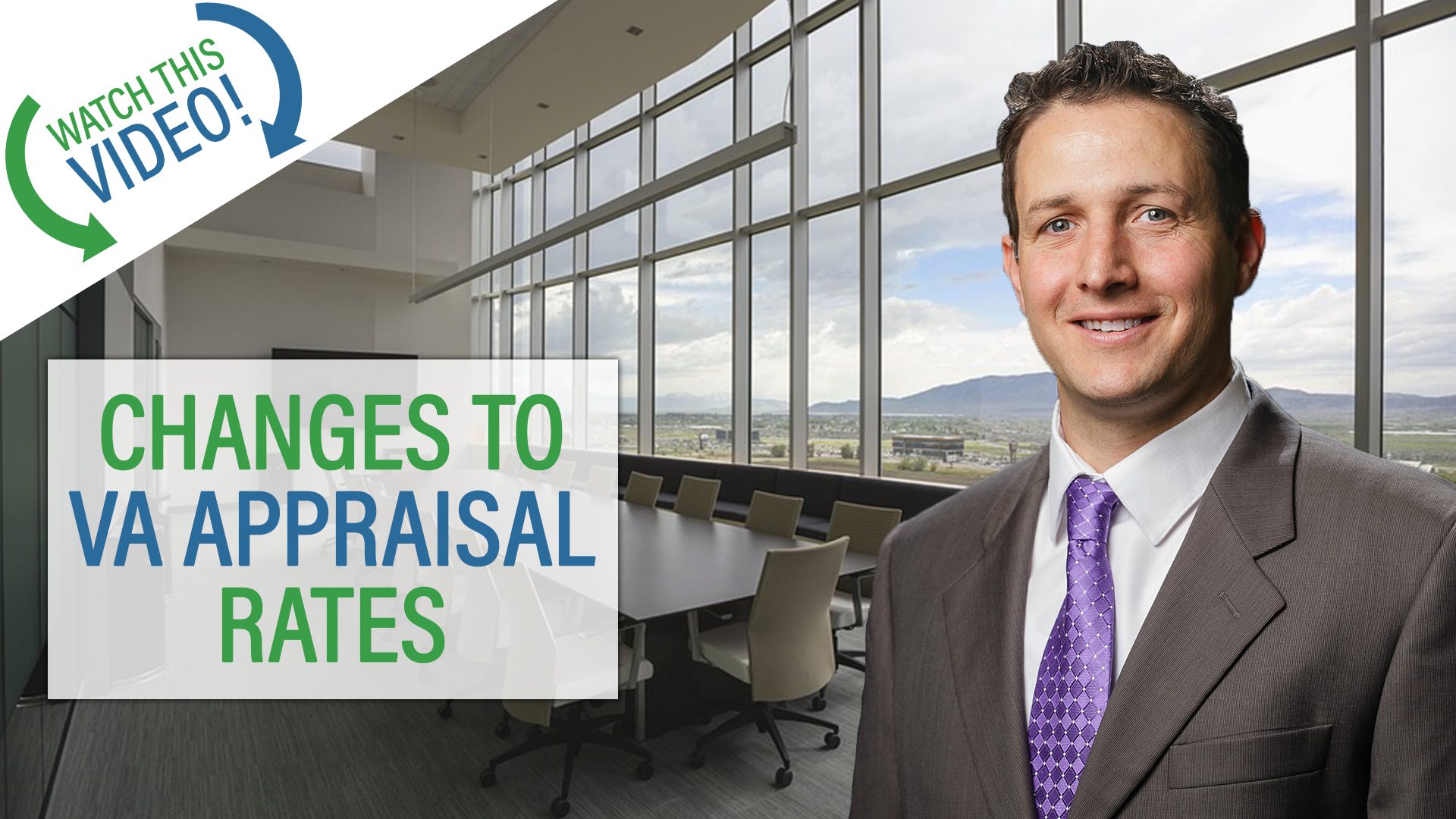What is a VA Loan? At 719 Lending, we're well-versed in addressing inquiries related…
VA Appraisals
VA Appraisals
What To Know About VA Appraisals
If you’re in the market for a house and have served in the armed forces, you might be considering a VA loan. And for many veterans, this is a great option, since it comes with low-interest rates and no down payment requirement. However, to get a VA loan, you first have to get past the appraisal stage. You can increase your chance of doing this by working with a lender that has experience with VA loans, but getting an overview of the VA appraisal process can help, too. Here’s what you need to know.
The Purpose of the Appraisal
It’s important to understand why you need an appraisal for a VA loan. First, note that an appraisal is not the same as an inspection. After all, unlike an appraisal, an inspection is recommended but not required–while an appraisal is indeed required for a VA loan. Also, if you choose to get an inspection when buying a house, you’ll get it before you even decide to buy the house, at which point you can schedule the appraisal.
Once you do that, an independent appraiser who services the area will come to your house with two purposes in mind. The first one is to ensure the house is worth the amount you are offering to pay for it. Basically, the goal is to come up with a fair market value of the house based on how much money similar houses in the area have sold for recently. VA appraisers do this by finding at least three “comps,” or comparable home sales of houses that are similar in age, size, and location to the one you want to buy.
The second purpose of the appraisal is to ensure the house meets guidelines from both the lender and the VA. This means the house has to be structurally sound and free of major safety issues in order to meet the VA’s Minimum Property Requirements (*see below). For example, the appraiser will look at all the major systems in the house–including electrical, heating, plumbing, sewage and roofing–to ensure there are no issues. The appraiser will also make sure there aren’t any safety hazards, such as lead paint, asbestos, radon or general construction defects.
VA MPRs *
- Access is year-round, independent of your neighbor’s property and has enough space between buildings for exterior upkeep
- Property is a single and marketable piece of real estate with
- At least 75% of residential space
- A bathroom and space for living, sleeping, cooking, and dining
- Not more than 4 units sharing laundry, storage, utility room
- Separate shutoff for water main, sewer, gas and power
- Protected connections and proper maintenance agreement if water well is shared
- Safe, the appropriately sized mechanical system in good condition and unexposed
- Detailed VA appraiser report for unvented gas fireplaces or fueled heaters
- Water supply (either city or well) is continuous and safe for drinking from the source with a heater for hot water
- If water well is shared there must be enough water for all units at the same time
- Waste flows safely into septic or public sewer
- The Roof is free of leaks and any repairs are done consist of removing old shingles with 3 or more layers before replacing with new ones.
- Attics and Crawl Spaces have natural ventilation, access, are free of debris and have enough room to make repairs to ductwork, electrical and plumbing.
- Party Walls or shared walls separating semi-detached or row units have no gaps from foundation to roof.
- The site has proper drainage away from structure and ground cover is stable; and the property cannot be within the easement of high voltage transmitters or gas or petroleum pipelines — if within 220 yards of a gas or petroleum pipeline, additional approval is needed.
- The structure is sound, clean and free of dry rot, decay, mold, fungus, peeling paint, broken windows, bad construction, poor craftsmanship, dampness, leaks, exposed wires, evidence of continuing settlement and termites and other pests.
The VA MPRs require a property to be free of hazards that can hurt the occupants or prevent them from using and enjoying the property. For more info contact a VA approved lender.
What to Expect from the VA Appraisal
Now that you know the reasons behind the VA appraisal, it’s time to learn how the process works. Once an appraiser looks at the house you want to buy, he or she will write a report that includes the comps, information on the home’s condition–including any repairs the house needs-and estimated property value. You can typically expect this report to be done within 10 days.
However, the VA appraiser doesn’t always have the final say about the appraisal. The report needs to be reviewed by either another VA appraiser or the mortgage lender’s Staff Appraisal Reviewer (SAR). That person will read the report and come up with the final appraised value of the property, or Notice of Value (NOV). The NOV will address any repairs or inspections the home needs before closing day.
Keep in mind that buyers have to pay for the VA appraisal upfront, which means you should be prepared to spend between $400 and $800, depending on your location. However, you may be able to negotiate with the seller to get reimbursed for this cost when you close on the house.
Possible Appraisal Issues
In the best case scenario, the house appraises for the amount you’ve offered to pay–or possibly even more–and the property requires no repairs to close on the VA loan. But not every buyer gets this lucky, so be prepared for some challenges along the way.
When the home appraises for less than expected…
Sometimes homes appraise for less than the proposed purchase price. When this happens, you have a few options to consider. You won’t be able to get a VA loan for more than the appraised amount of the house, so if the appraisal comes in low, your first option is to find out if the seller will lower the price of the house to match the appraisal. Motivated sellers may be willing to do this, as long as the price drop is not too drastic.
If the seller won’t budge and you really want the home, another option is to pay for the difference yourself. So, if the house appraises for $200,000 and the seller is asking for $225,000, you can take the $200,000 VA loan and pay the additional $25,000 with your own cash. If you can’t afford this option, you can ask for a Reconsideration of Value, which is basically asking the VA to check newer comps that could affect the value of the home.
If none of these options work, you might not be able to buy the house after all. Luckily, you can walk away without losing your earnest money in this case, because the VA allows homebuyers to get out of their contract if the home doesn’t appraise for the expected amount.
When the home needs repairs…
Another issue you might run into during the VA appraisal is that the house doesn’t meet the Minimum Property Requirements until it gets some repairs. When that happens, you can simply ask the seller to make the repairs before you buy the house. If the seller won’t do this, you can try to do the repairs yourself, as the VA permits homebuyers to pay for the repairs themselves if they’d like.
If you don’t have the money or skills for the repairs, it may be best to walk away from the house. You don’t want to buy a home with serious and potentially dangerous issues anyway, so this decision may be for the best. Fortunately, the VA will allow you to walk away with your earnest money so you can find a house that is safe and structurally sound.
Contact us today to find out how to qualify for a VA loan so you can buy your dream house as soon as possible.




